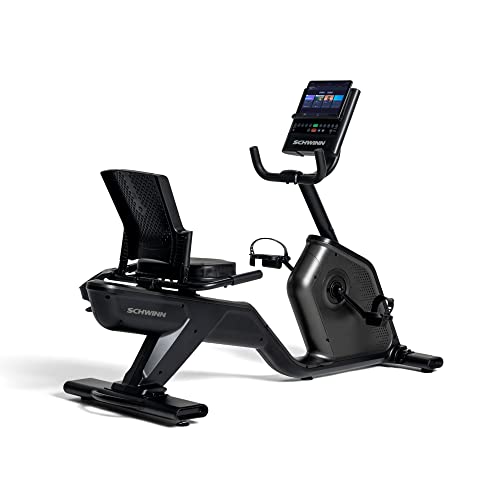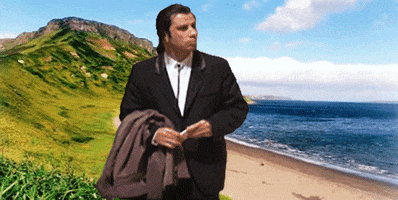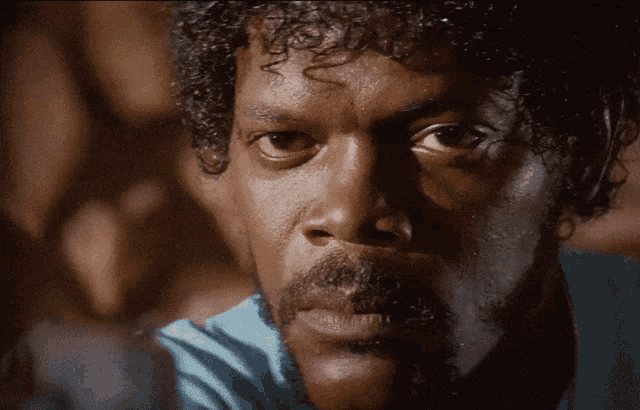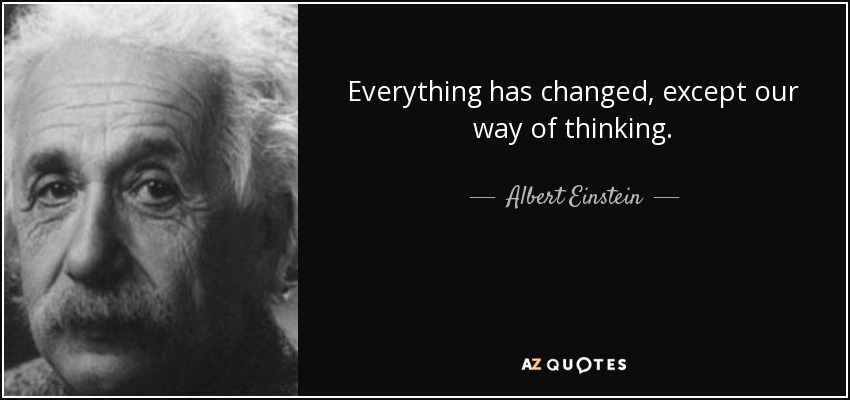The Renaissance Man
__CERTIFIED DIVER__ (Open Water & Open Dumpster)
Staff member
Moderator
Pro Member
I've finished the paintwork on the RMS and am now waiting to schedule time with a professional pinstriper next. So this weekend I'm planning to get some work done on the Higgins.
________________________________________________
The only part that I'm missing is the trusses for the fork. I don't think I'll find what I need (anytime soon) so I decided to make them. I've got a couple of other JC Higgins bikes with trusses to use as a guide.
To get the radius bends smooth and correctly shaped, I made a die for my compact metal bender. The die was made by sandwiching the desired radius between two slightly larger discs to create a channel. After bending my first test piece, I quickly realized that I didn't allow for the spring back of the metal. So the first attempt was a failure.

The initial die wasn't a complete waste though. The first test piece was used to calculate how much smaller to make a second die and it worked perfectly.
Here's the correct die in the bender and the successful test part. You can see the first die in the background.

Now that the tooling is done, I'll start working on the actual pieces tomorrow.
________________________________________________
The only part that I'm missing is the trusses for the fork. I don't think I'll find what I need (anytime soon) so I decided to make them. I've got a couple of other JC Higgins bikes with trusses to use as a guide.
To get the radius bends smooth and correctly shaped, I made a die for my compact metal bender. The die was made by sandwiching the desired radius between two slightly larger discs to create a channel. After bending my first test piece, I quickly realized that I didn't allow for the spring back of the metal. So the first attempt was a failure.

The initial die wasn't a complete waste though. The first test piece was used to calculate how much smaller to make a second die and it worked perfectly.
Here's the correct die in the bender and the successful test part. You can see the first die in the background.

Now that the tooling is done, I'll start working on the actual pieces tomorrow.






























































 BTW, there are clues in some previous posts.
BTW, there are clues in some previous posts. 





